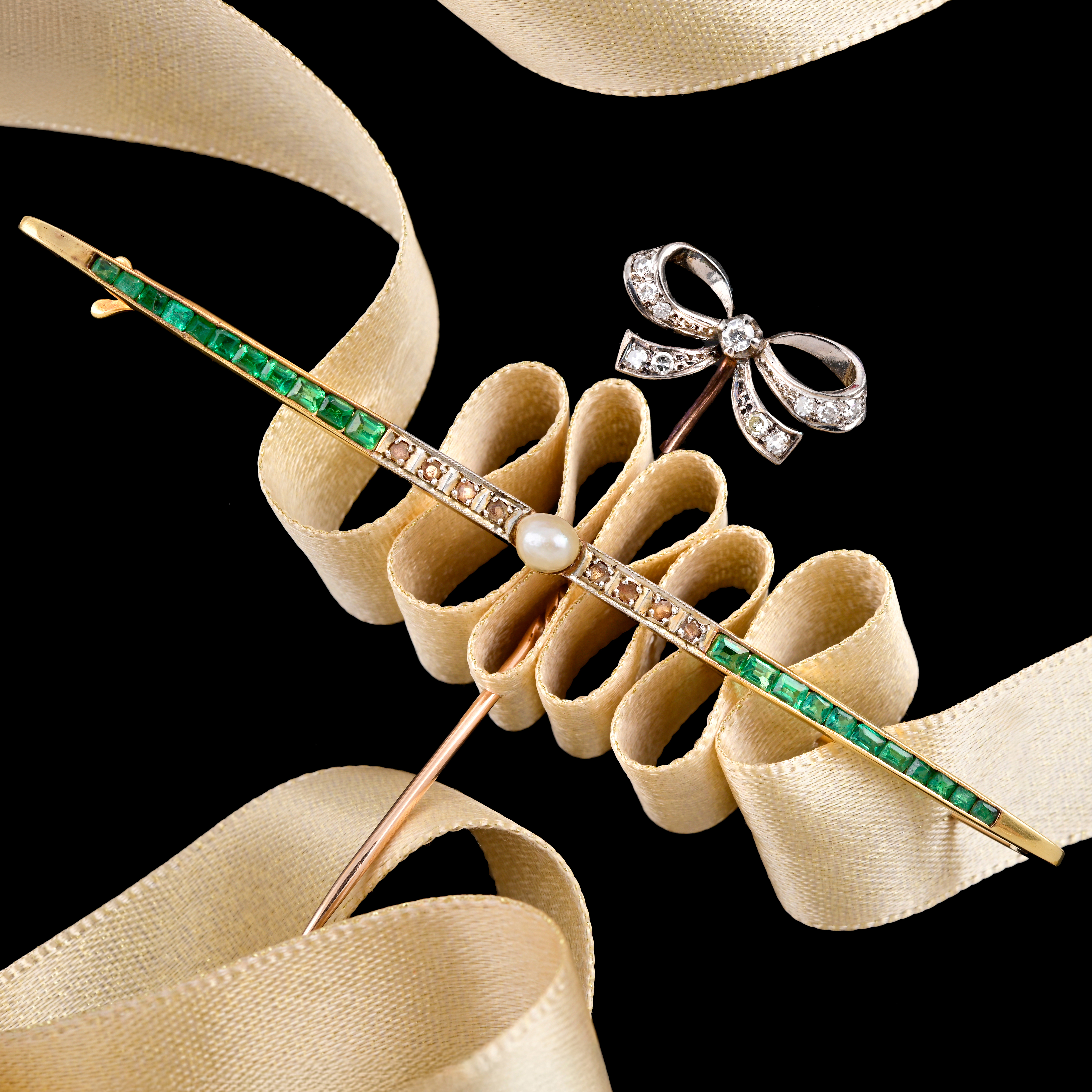Blue John
Blue John, also known as Derbyshire Fluorspar, is a semi-precious mineral known for its purple, blue and yellow colouring. Considered to be Britain’s rarest mineral, the majority of the mines are now extinct, with only a few small veins and nodules of the gemstone remaining.
The name ‘Blue John’ originates from the French term ‘bleu et jaune’. This translates to ‘blue and yellow’, reflecting the stone’s distinctive colour. It is a highly valuable gemstone as it contains a variant of Calcium Fluoride, which creates a unique crystal structure and gorgeous streaks of colour.
The Romans discovered the first extracts of Blue John two thousand years ago. When searching for lead ore deposits, three miles from Castleton in the village of Brough, they discovered this semi-precious gemstone out of luck.
Furthermore, during the 19th century and the Regency period Blue John was at its most popular and highly regarded for its unique colour. It was often crafted into vases, tables, columns and windows for houses of the upper class, such as Buckingham Palace and Chatsworth House.
Generally, it tends to be found in small deposits which line the walls of the caverns or fill the cavities of the pipe veins. Today, out of the three most prolific mines – Blue John Cavern, Old Tor Mine and Treak Cliff Cavern, it is only Treak Cliff which mines any gemstone quality material. It is widely believed that Treak Cliff Cavern was also the first mine ever to house the gemstone. The deposits of quality stones are found in veins of about 3 inches in thickness and are most commonly extracted in fist-sized pieces or smaller.
In 2015, a fine Blue John pedestal dish or tazza, sold with a hammer price of £4,400, double the £1,500-£2,000 estimate. The full hammer total of the Blue John sale at Fellows reached £238,000.
Create an account
Fellows AUCTIONS
Sell with us
We make it easy to sell. If you have an item that you feel will be a good match for this department. Start a valuation or contact us.
Free Valuation











